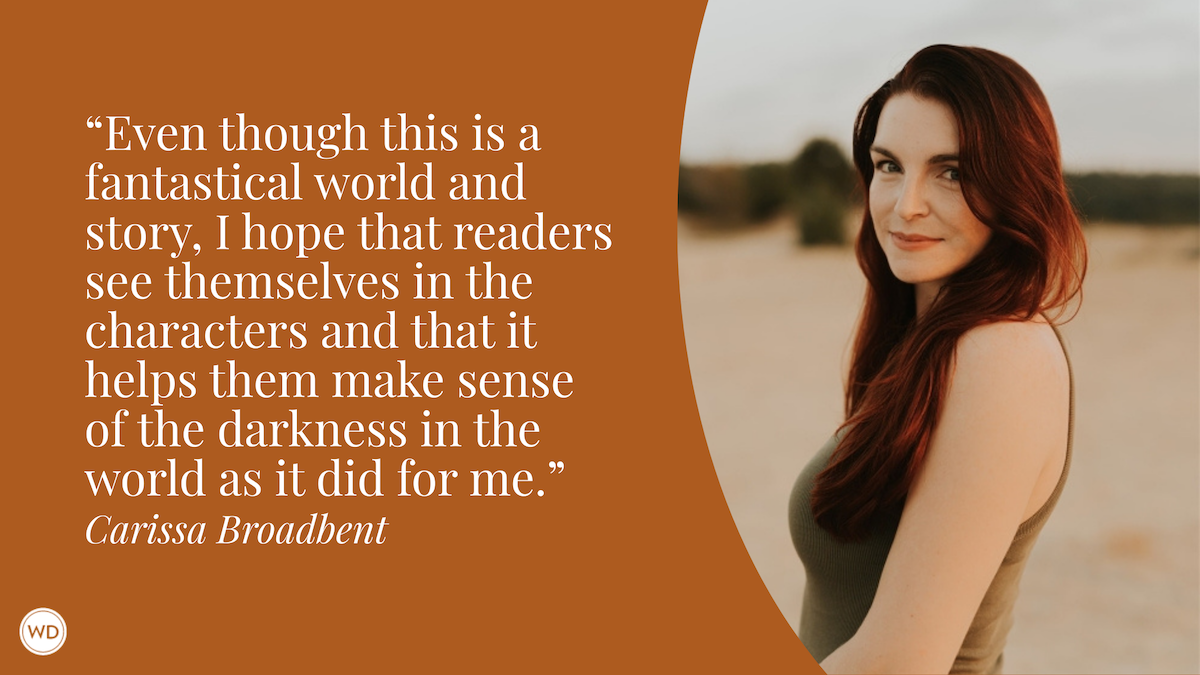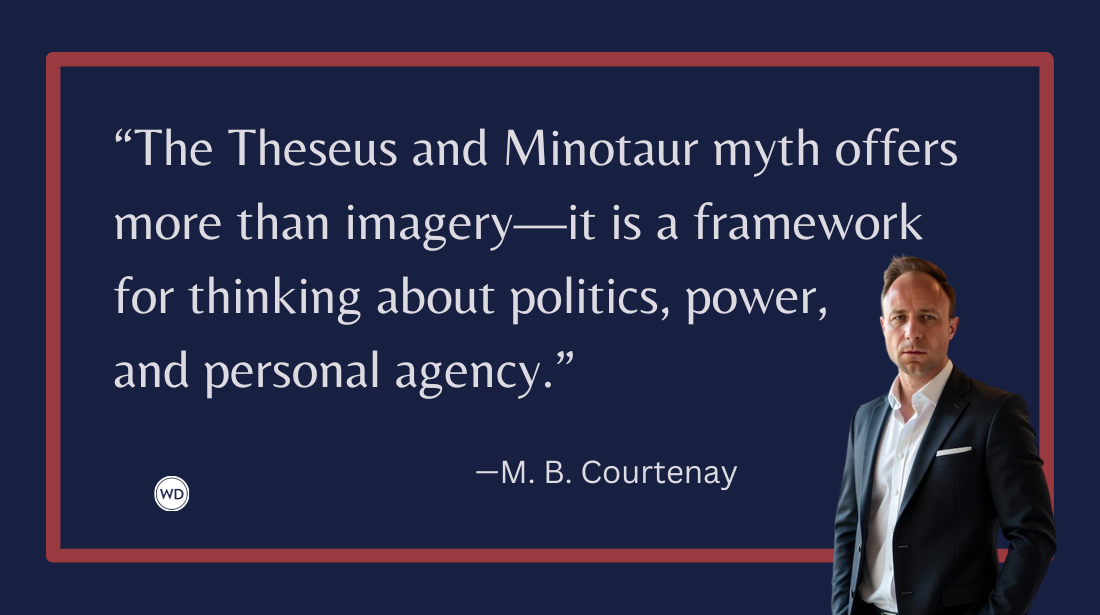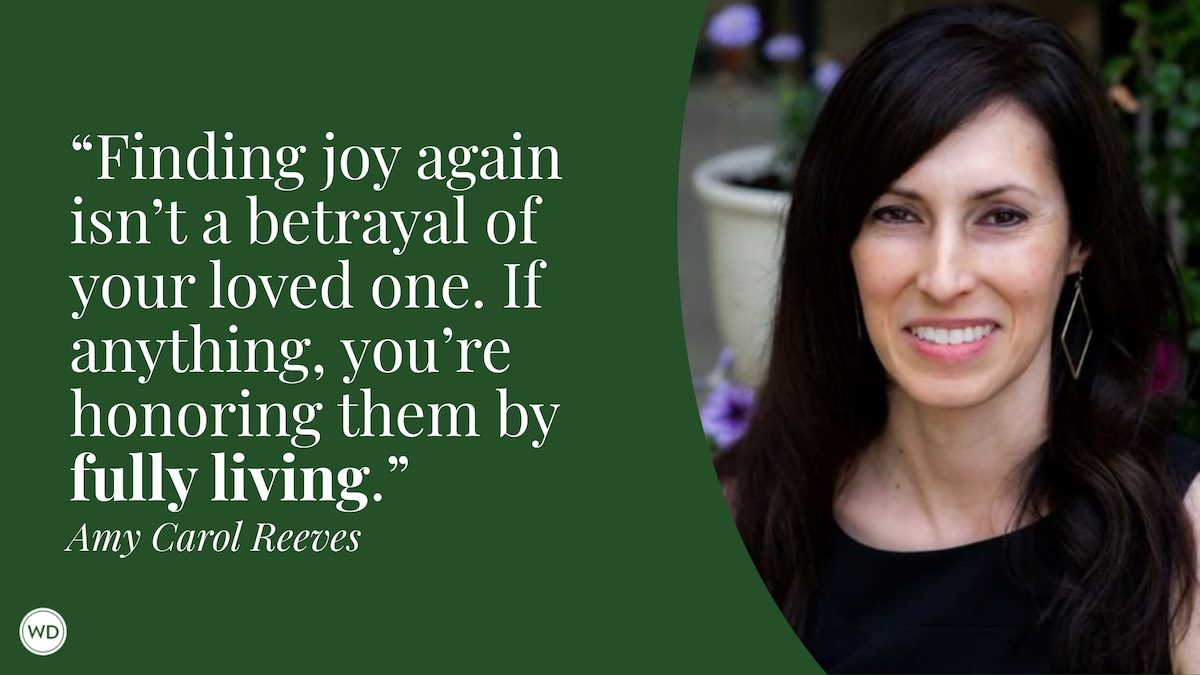Karen Swan: On Managing Time and Timelines
In this interview, bestselling author Karen Swan discusses how a two-word phrase in a headline launched a book series and more.
Karen Swan is the Sunday Times top three bestselling author and her novels sell all over the world. She writes two books each year—one for the summer period and one for the Christmas season. Previous summer titles include The Spanish Promise, The Hidden Beach, and The Secret Path and for winter, Christmas at Tiffany’s, The Christmas Secret, and Together by Christmas. Her books are known for their evocative locations and Karen sees travel as vital research for each story. She loves to set deep, complicated love stories within twisting plots. Follow her on Instagram.
In this interview, Karen discusses how a two-word phrase in a headline caught her attention and launched a book series, the challenges of writing action on a small island in the North Sea, and more.
Name: Karen Swan
Literary agent: Amanda Preston at LBA
Book title: The Midnight Secret
Publisher: Pan Macmillan
Release date: April 29, 2025
Genre/category: Historical Romance
Previous titles: The Wild Isle series: The Last Summer, The Stolen Hours, The Lost Lover
Elevator pitch for the book: Final story in the four-book Wild Isle series, set on the remote Scottish island of St Kilda in the summer of 1930. Four young women are implicated in the mysterious death of the most powerful man in their community, on the eve of evacuation to the British mainland.
(WD uses affiliate links)
What prompted you to write this book?
I had come across a tiny mention in The Times newspaper with the title: Ninety Years Since St Kilda Gave Up. It was the ‘gave up’ which caught my attention. Why not just ‘left?’ or ‘evacuated’?
I soon discovered the islanders lived a scratch existence there. Due to their remote location in the North Sea, no crops or trees could grow on the isle and they survived by scaling the vertiginous sea cliffs and eating the birds and their eggs. Numbers had dropped below critical mass and they requested evacuation to the mainland. After 2,000 years of settlement the island was falling silent at last and it was truly an historic ending that I felt should be remembered.
How long did it take to go from idea to publication? And did the idea change during the process?
I had written 24 books by the time I started on this, but it was my first time writing a series and setting the books contemporaneously, I now know, is doing it the hard way. I’m not a writer who meticulously plots before I write—I tend to find my characters as I go and allow the action to be led by them; this meant it was tricky weaving four young women’s individual stories together, united by the central mystery plot, when I didn’t know much in advance myself.
I wrote each book within six months (I’m published twice a year) and I’m very happy with how everything fell into place. At a deep subconscious level, my brain must have known the mechanics of the action for it all to come together so satisfyingly but I certainly wasn’t actively aware of it myself.
Were there any surprises or learning moments in the publishing process for this title?
Finding a cover look for the series was challenging as we had four very different heroines to encapsulate, plus different hardback and paperback editions. Also the series has been published over a span of four years so there was quite a lot of experimentation in that time with different concepts. I’m hoping now the final book is coming out, there will be a rebrand which completely pulls together the series with one cohesive vision.
Were there any surprises in the writing process for this book?
The main challenge was finding action for the characters and sustaining drama on what is no more than a two-mile-long rock in the North Sea. Nothing grows there—no trees, so there’s little to no shade or cover, there’s no shops, communication lines and through the months of September-April, the isle is cut off from the world at large by heavy seas. (Even now St Kilda can only be accessed in the summer months.)
This provided logistical challenges in terms of getting characters on and off the island as per the requirements of the girls’ different plots. I had to build in timelines that accommodated the summer tourist season, deploy sea-planes and whaling trawlers for winter crossings and somehow draw in other locations such as Paris and Quebec City. It was challenging but not impossible.
What do you hope readers will get out of your book?
A sense of the huge adversity facing the islanders and their extraordinary resilience, tenacity, and fearlessness. They were true survivors, almost warriors against the odds they faced and the characters as a result feel so vivid, fierce and alive. The action is set around the summer of 1930 but because their way of life was so extreme, they’re almost set outside the parameters of time—does scaling a 900-foot cliff, barefoot, on a homemade rope, feel any different in 2025 to 1925 or 1825?—and it was surprising to me how modern and relatable the girls all felt.
If you could share one piece of advice with other writers, what would it be?
Don’t waste time talking about wanting to write a book. Just write it. Try to write every day and find your characters through quirks and vulnerabilities.









